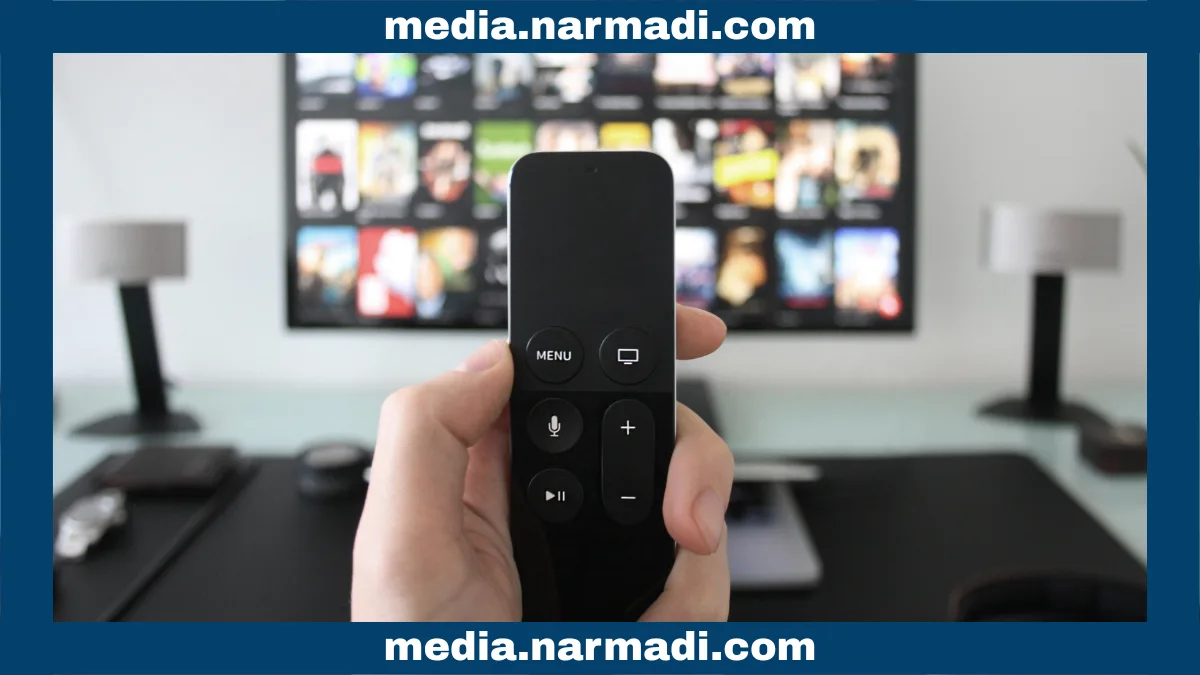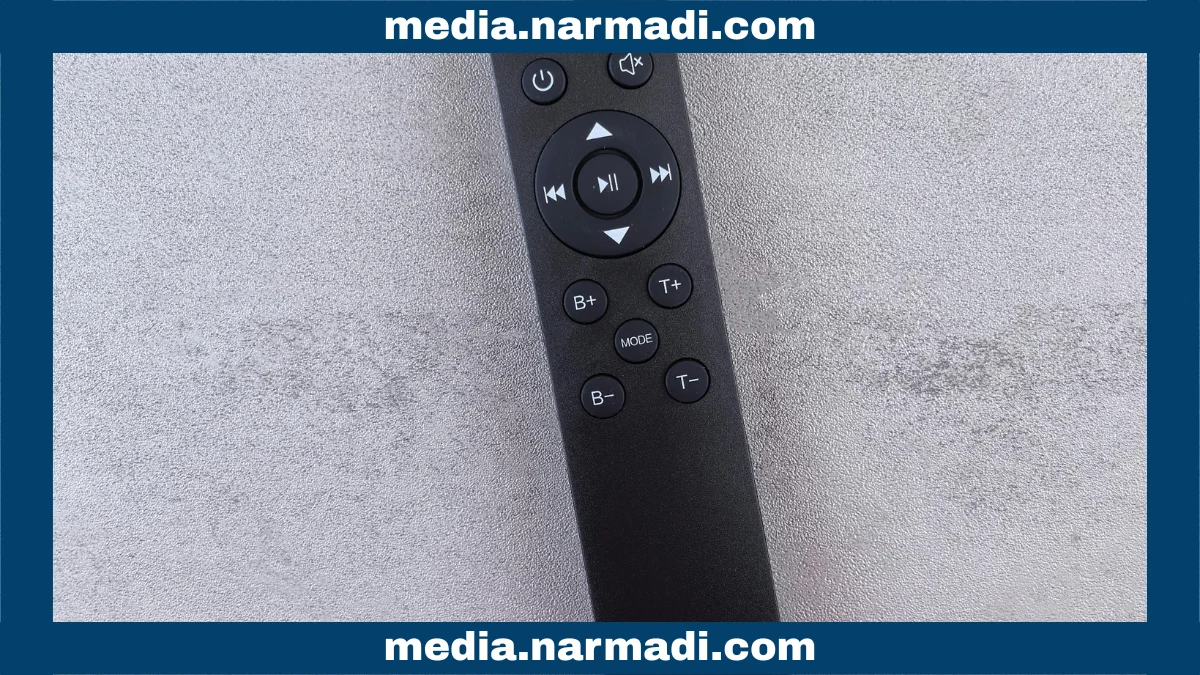The rapidly growing electronics industry has made the use of remote controls a matter of convenience, no longer just a luxury. Instead, it has become a reflection of how humans interact with machines. That is why the magic remote was invented.
Initially considered a minor innovation, the magic remote has now become the benchmark in smart control technology. This technology, featuring a sleek design and intuitive motion features, has a complex ecosystem behind it involving sensors and wireless modules. It even meets strict global certification standards.
The magic remote will undoubtedly continue to evolve with the potential for additional features in the future. Therefore, it is essential to understand how this technology is growing, the underlying technology behind it, its future potential, and compliance with regulations in various countries.
What is a Magic Remote?

The magic remote is an innovation of the remote control, which previously only functioned as a tool for changing channels or adjusting the volume. The evolution of remote functions has changed along with the continuous development of technology. The advent of smart televisions and interconnected household appliances is a supporting factor.
This remote technology functions similarly to a computer mouse. You can point the cursor at the screen and click the button to make a selection. The Magic Remote typically includes features such as a scroll wheel, voice commands, and shortcut buttons for quick access to various applications.
Not only that, this smart device can also be used as a universal remote to control other connected Internet of Things (IoT) devices. This supports the smart home ecosystem with control from a single remote.
LG initially introduced its presence as a new milestone in electronic product design. However, this opportunity is still open for manufacturers to deliver a more natural and immersive user experience.
Behind the Technology

The versatile and intuitive control experience of the magic remote is inseparable from the sophisticated combination behind it. Here are the technologies that support it:
- Bluetooth: Connectivity that provides freedom of movement and faster data transmission.
- Gyroscope sensor: A sensor that can translate hand movements into a cursor on the screen, similar to a computer mouse.
- Infrared: Technology that keeps it grounded as a universal remote in controlling non-smart devices such as soundbars or decoders.
- Voice control: For control via voice commands with internal assistants such as Google Assistant or Amazon Alexa.
- Scroll wheel: Control for fast scrolling and as an “OK” button when pressed.
Possible Future Features

As technology continues to evolve, innovations in magic remote features will certainly continue to be explored. There is still considerable potential for additional features in the future to support more advanced digitalization. Here are some possible future features:
- Full voice-based remote control: There may no longer be any buttons. Voice control is likely to become more sophisticated. Commands will be more natural and specific to adjust TV settings in detail.
- AI personalization: AI will support personalization by learning user preferences. Its tasks will be more complex, not only related to entertainment, but also to using integrated chatbots such as MS Copilot.
- Potential for wider use: Its use could also become more widespread, not just on smart TVs. The remote could be used for game consoles, virtual reality (VR), streaming media, smart displays, interactive whiteboards, and professional presentations.
Regulation and Certification
Magic remotes use Bluetooth technology, which operates within a specific frequency spectrum. In every country, all WiFi-based wireless devices are required to have Radio Frequency (RF) Certification.
Magic remote regulations require all radio frequency-based devices to meet certain technical standards before they can be sold in that country. This certification ensures that products comply with government safety and quality regulations and do not interfere with other communication devices.
The certification process involves technical testing, including frequency adjustment, safety checks, and verification of compatibility with the surrounding environment. Once testing is complete, products that pass will be listed in a test report, confirming that they are safe and ready for sale. This report guarantees customers that the product meets technical standards and is secure.
For companies wishing to sell magic remotes, Product Compliance Specialists are available to assist with this process. This service includes preparing technical and legal documents, conducting the necessary testing, ensuring regulatory compliance, helping companies streamline the certification process, and providing consumers with confidence in certified products.